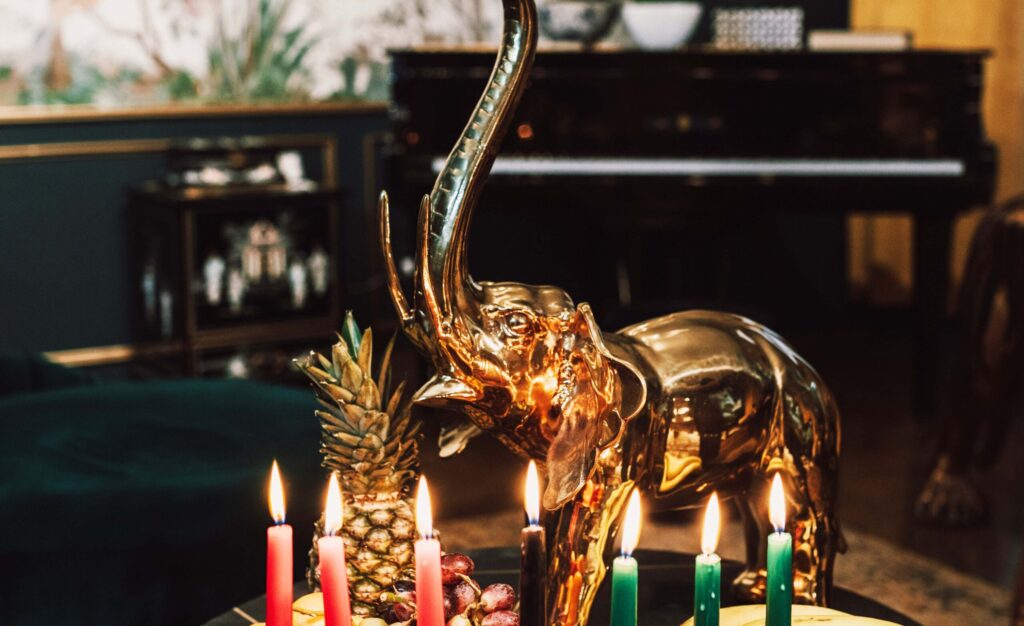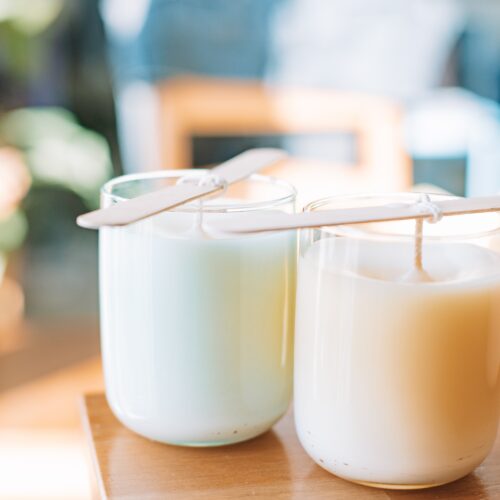
Join the Festivities and a Communal Karamu Feast on the Nguzo Saba: Uncovering the Seven Principles and Delicious Delights of Kwanzaa
Are you ready to celebrate a fantastic cultural holiday that promotes unity, creativity, and delicious food? Look no further than Kwanzaa! This week-long celebration, observed from December 26th to January 1st, is about reconnecting with African heritage, sharing in the community, and having a blast.
With its colorful candles, traditional music and dance, and mouth-watering Karamu feast, it is an event not to be missed. So, let’s get ready to light up the kinara and dive into Africa’s rich and diverse cultural traditions – it’s time to celebrate Kwanzaa!
Here are some things about Kwanzaa and why it’s a fantastic celebration:
- Dr. Maulana Karenga created Kwanzaa in 1966 as a way for African Americans to reconnect with their cultural heritage and celebrate their collective achievements.

- Kwanzaa is based on seven principles known as the Nguzo Saba, which are unity (umoja), self-determination (kujichagulia), collective work and responsibility (ujima), cooperative economics (ujamaa), purpose (nia), creativity (kuumba), and faith (imani).
- The colors of Kwanzaa are black, red, and green. Black represents the people, red represents their struggle, and green represents their future and hope.
- Kwanzaa celebrations often include the lighting of the Kinara, a seven-candle holder representing the Nguzo Saba principles, and the sharing of a communal meal called the Karamu.

- Kwanzaa happenings also often include music, dance, poetry, and other forms of artistic expression that celebrate African culture and heritage.
- Kwanzaa promotes unity, self-determination, and collective work and responsibility, essential for African Americans and all people.
- Kwanzaa is an opportunity to celebrate Africa’s diverse cultural heritage and its contributions to the world, including its art, music, cuisine, and spirituality.
Did you know?
Kwanzaa is the holiday that was created to celebrate African American culture and heritage and inspire and unify people of African descent worldwide. Dr. Maulana Karenga, the creator of the holiday, believed that this festive season could promote cultural unity and economic empowerment among all people of African descent, regardless of their nationality or geographic location.
A little history:
Kwanzaa is a relatively new holiday created in the United States in 1966. It was founded by Dr. Maulana Karenga, a professor of African Studies at California State University, Long Beach, who was inspired by the social and political movements of the 1960s.
Dr. Karenga wanted to celebrate African American culture and heritage and provide a positive alternative to the commercialism of the Christmas season. He wanted to create a holiday encouraging African Americans to reconnect with their African roots and celebrate their collective achievements and aspirations.
 The name “Kwanzaa” comes from the Swahili phrase “matunda ya kwanza,” which means “first fruits.” This name reflects the holiday’s focus on the harvest and the idea of reaping the rewards of hard work and collective effort.
The name “Kwanzaa” comes from the Swahili phrase “matunda ya kwanza,” which means “first fruits.” This name reflects the holiday’s focus on the harvest and the idea of reaping the rewards of hard work and collective effort.
The holiday is celebrated from December 26th to January 1st, with each day dedicated to one of the Nguzo Saba principles: unity (umoja), self-determination (kujichagulia), collective work and responsibility (ujima), cooperative economics (ujamaa), purpose (nia), creativity (kuumba), and faith (imani).
The holiday is celebrated with the lighting of the kinara, a seven-candle holder representing the Nguzo Saba principles. The candles are lit in a specific order, with one lit each of the seven days.
Kwanzaa celebrations also often include sharing a communal meal called the Karamu, which features traditional African foods such as collard greens, black-eyed peas, and sweet potatoes.
Since its creation, it has become a widely celebrated holiday in the African American community and has also been adopted by people of African descent worldwide. It is a time for reflection, celebration, and community building and serves as a reminder of Africa’s diverse cultural heritage and its contributions to the world.


